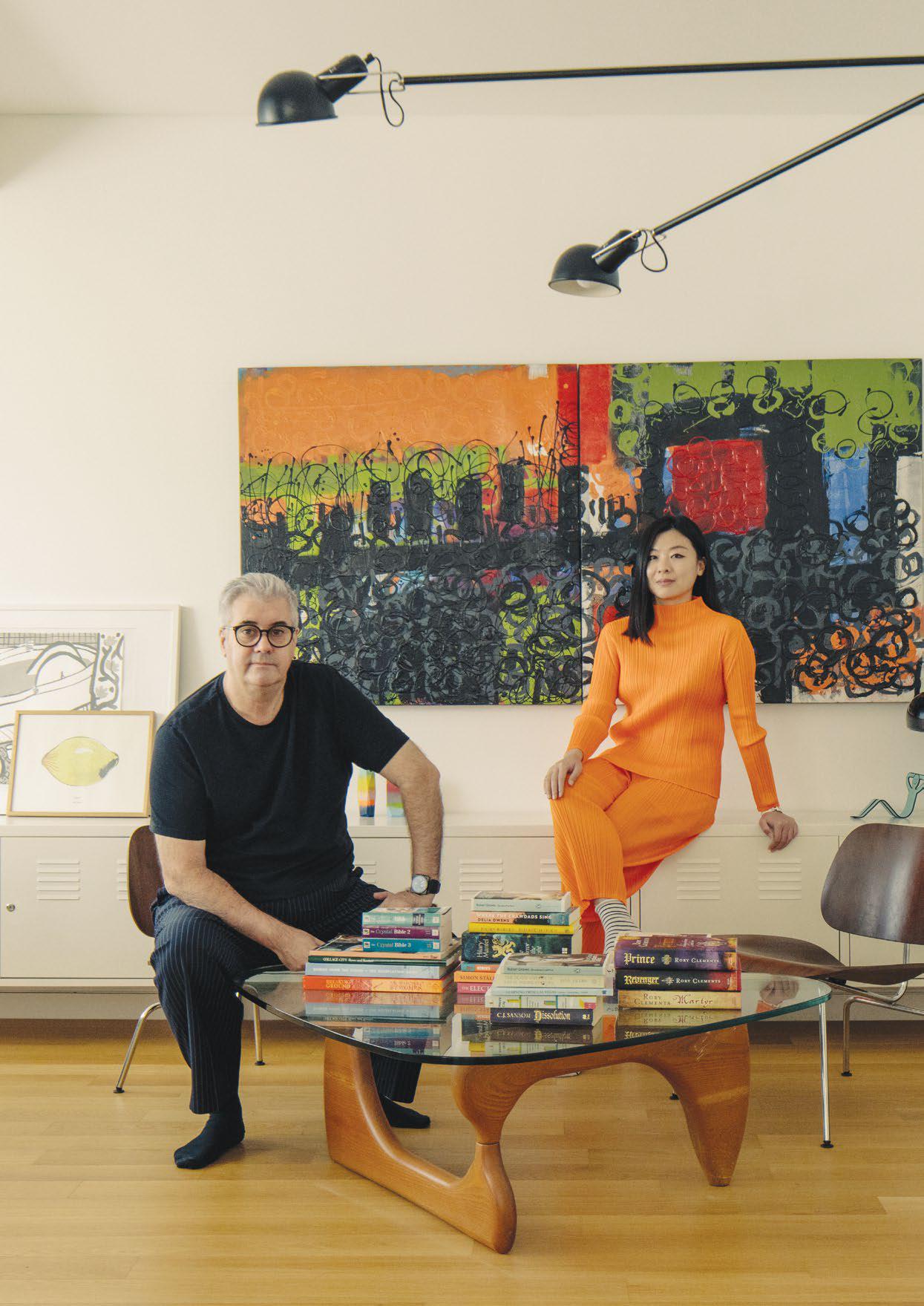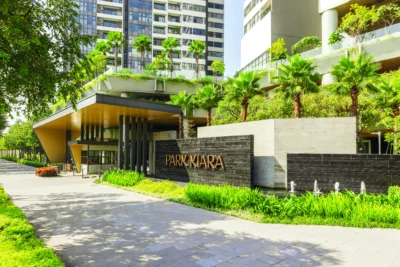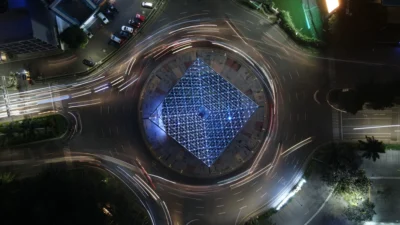SPARK lights up the design world
SPARK Architects has established itself as one of Asia’s leading practices by harnessing social imperatives and sustainability with trendsetting design
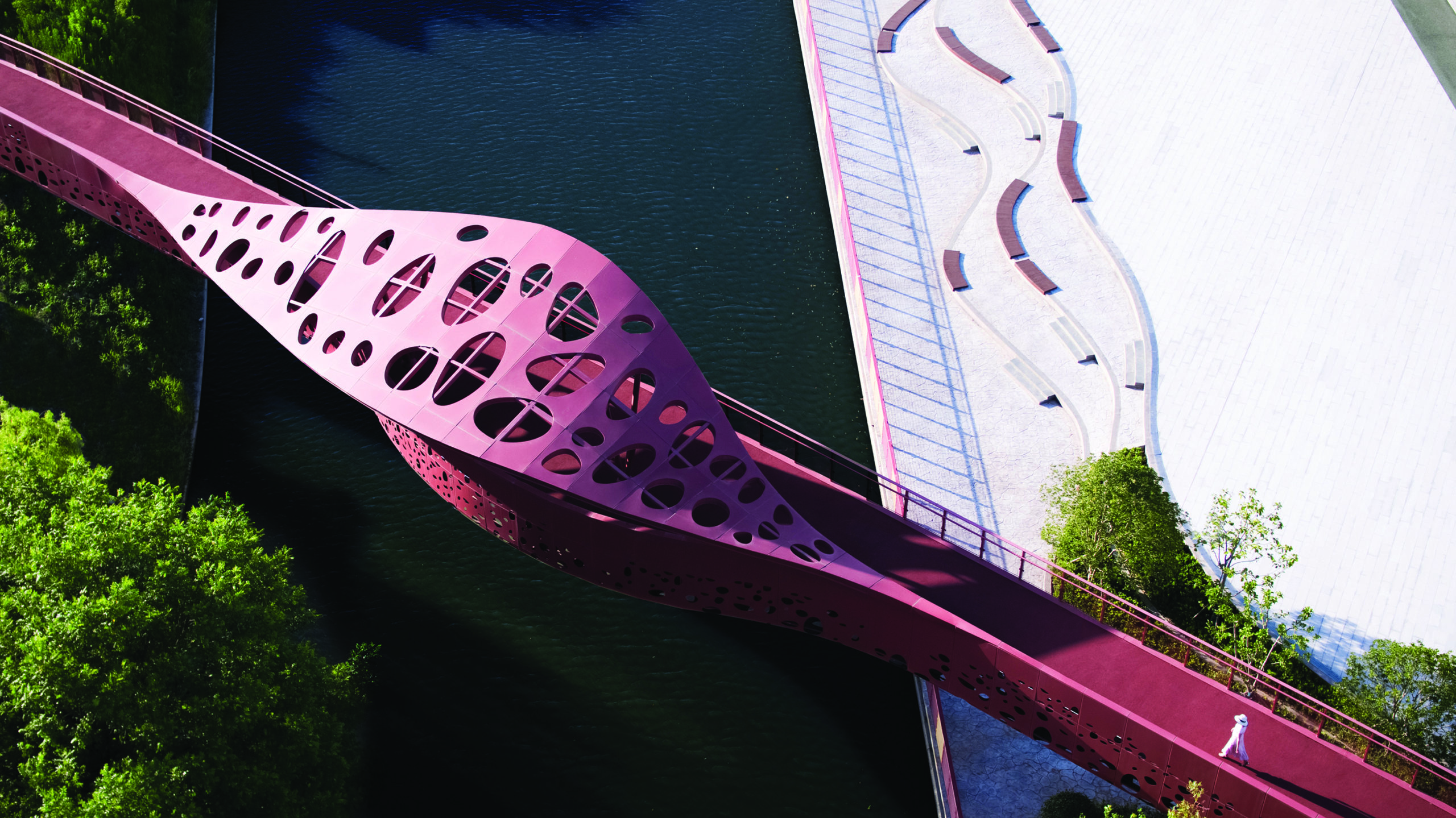
How do you make a new idea? Try combining some old ones. “Einstein once said, ‘Combinatory play seems to be the essential component in productive thought’,” says Wenhui Lim, the founding director of SPARK Architects.
Lim is discussing the regeneration of Singapore’s Clarke Quay when she casually quotes the father of modern physics.
SPARK Architects is responsible for the revitalisation of one of the citystate’s most iconic landmarks. And, although she wasn’t part of the team that transformed the dilapidated waterfront district in the early 2000s, Lim believes this mantra shaped the identity of the practice she heads up.
“Creativity is just connecting things,” she says. “This is especially important when considering regeneration projects. Wholesale demolition and new build strategies have been portrayed for too long as symbols of progress.
“But in a resource-constrained world, regeneration and retrofitting are where true innovation and rethinking of the norm can reduce the huge environmental cost of construction.”
The studio traces its beginnings to the Clarke Quay redevelopment. Led and designed by Stephen Pimbley, a disciple of legendary architect Will Alsop, the project for owners CapitaLand included the eye-catching overhaul of shophouse facades, streetscapes, and riverfront dining areas.
Inspired by Einstein’s wisdom, Pimbley mixed historical methods of passive ventilation and cooling with innovative technology. In particular, the combinatory play drew together the ingenious Venturi effect (accelerating air movement over water) with extensive shading and rain protection provided by Ethyl Tetra Fluro Ethylene canopies—the first time the technology had been used in Southeast Asia.
The micro-climate moderation also reduced the ambient temperature by four degrees Celsius, while commercial and entertainment activities soon increased by more than 500 percent, making it one of the city’s top leisure destinations.
“This changed the international perception of Clarke Quay,” Lim explains. “It became a model for how to cover and ventilate streets in a sustainable way, which has since been reproduced around the world.
“Singapore Tourism even used it as an advertisement for the city. And this is the added value: a thought process that ultimately provided the district with a new identity.”
Nowadays, SPARK is regarded as one of the region’s most dynamic design practices. And with good reason. While designing Clarke Quay, the team won further commissions in Asia, notably China where it enhanced its reputation with the Shanghai Cruise Terminal and Raffles City Beijing. A local studio was soon set up to service the projects.
The firm has continued to expand and now counts more than 100 staff across offices in London, Shanghai, Beijing, and the Lion City. Lim, who partnered with Pimbley shortly after graduating from the National University of Singapore with a degree in architecture, spearheaded SPARK’s inaugural projects in Vietnam and Australia in 2009 and 2013, respectively. She also oversees the firm’s global brand and graphic identity, buoyed by her first love: fine art.
“Technology is of course an important tool for the sophisticated delivery of today’s rule-compliant buildings, but this can easily be studied and learned. The intuitive side of architecture, the ‘art’ if you like, is the fantasy, the magic, and sleight of hand that cannot be taught,” says Lim, explaining she only studied architecture because no art degrees were being offered locally at the time.
“I do believe that having a background in art is the best route into design and architecture as the sensibilities are those best aligned to the social imperative and contribution buildings can make to people and cities.”
Social imperatives are a prominent strand of SPARK’s DNA. In addition to its commitment to promoting retrofitting—the firm supported the landmark RetroFirst campaign by Architects Journal in 2020—SPARK has been raising awareness of the ‘pandemic of plastic’ witnessed during the pandemic and the use of non-traditional building materials in the future.
For a radical project in India, rehousing a huge slum population in a series of hybrid towers, SPARK tapped up its established network of collection and recycling companies to amass Tetra Pak cartons. These hard-to-recycle drink containers were then fashioned into apartment pods and hoisted onto the towers’ hybrid skeleton.
“The structure uses less concrete and steel, both unsustainable materials, partially replacing them with engineered timber,” Lim says, noting that engineered timber is the way forward referencing French president Emmanuel Macron’s decree that all state-funded buildings be made of at least 50 percent timber.
Indeed, rather than latching on to the latest whims and buzzphrases, Lim, again showcasing her sprawling cultural influences, sums up SPARK’s philosophy for the future with a quote from an artist who knew a thing or two about setting trends—and transcending them.
“We think a lot about social and environmental sustainability and try to add value to our collective future history, designing buildings and places that are positive, fun, helpful, and designed to improve people’s quality of life,” she says.
“David Bowie once said, ‘style is about the choices you make to create the aspects of life you wish to uphold’. That’s always stuck with me.”
Clarke Quay Singapore
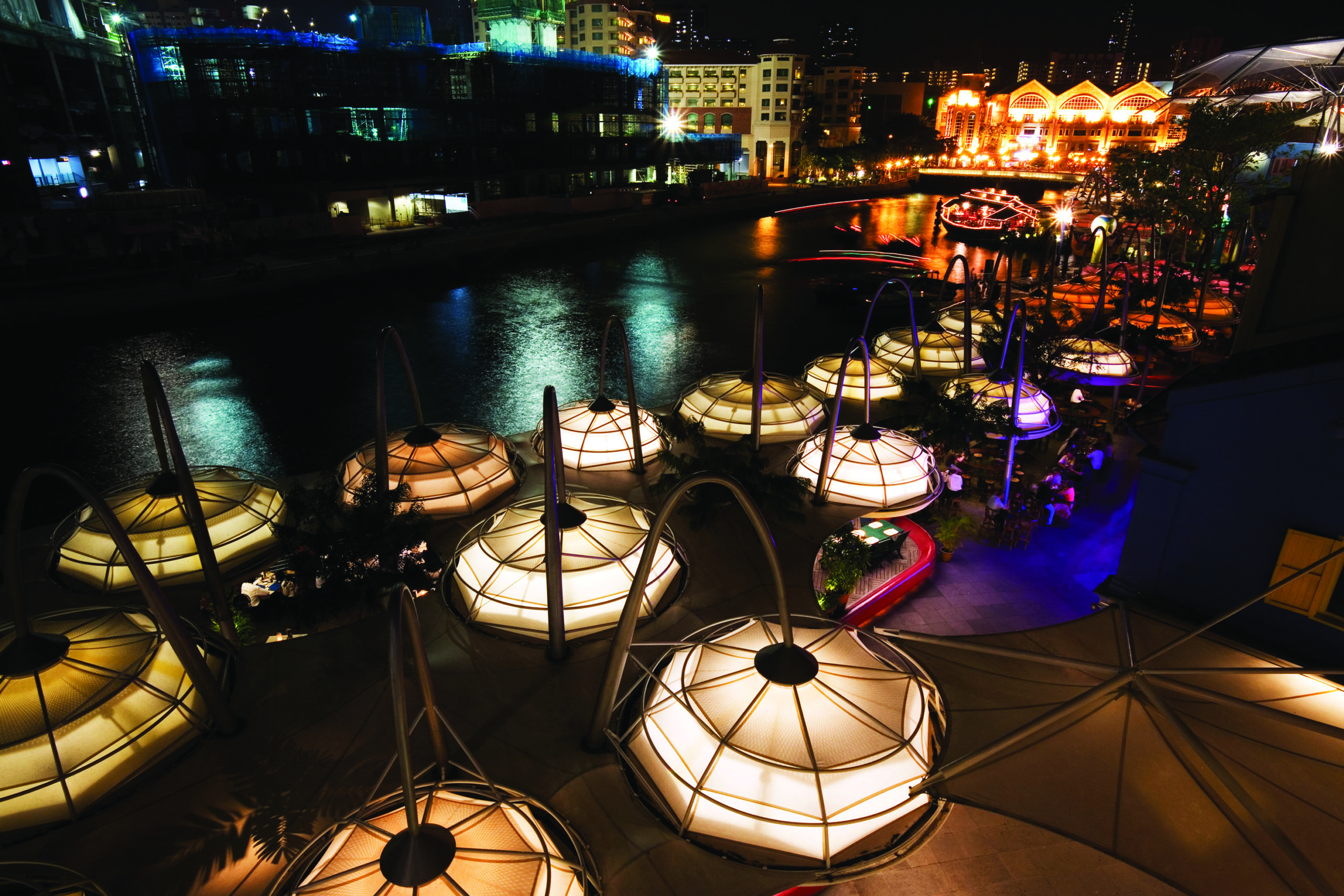
The award-winning redevelopment of Clarke Quay, a historic riverfront district in Singapore, has drawn tourists and locals with its vibrant blend of local culture and world-class lifestyle amenities. The USD90-million upgrade led to an immediate increase in commercial and leisure activities, making it one of the city’s leading landmarks. It has consistently attracted 12 million visitors a year and generated a yield increase five times its original value for client CapitaLand. SPARK’s scope of work included the refurbishment of heritage shophouses, landscaping, wayfinding, new waterfront F&B areas, and the creation of canopies.
GRiD Singapore
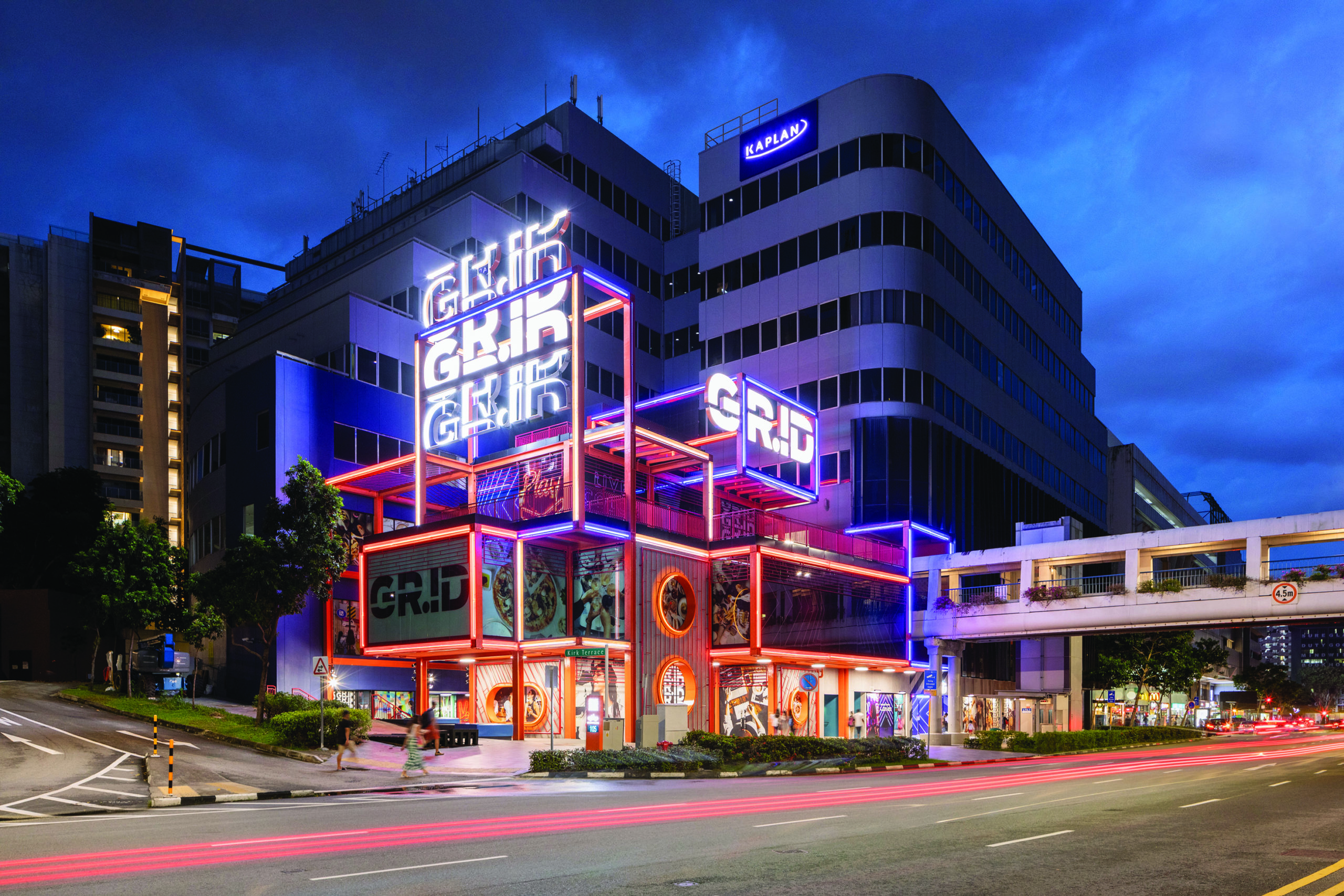
Following the resounding success of Clarke Quay, SPARK set its sights on GRiD, a youthfocused mall and education hub at the heart of Singapore’s Selegie Arts District. Sandwiched between the School of the Arts and time-worn shopping malls, GRiD is a stellar example of retrofitting done right. The project capitalised on its existing relevance to the community, metamorphosising a shoddy street corner into a cultural beacon brimming with high revenuegenerating F&B units. With its post-industrial aesthetic, neon lights, and supersized utilitarian graphics, GRiD deliberately stands out from its neighbours, as an ‘Instagrammable’ gathering point for families, friends, and experience seekers.
Arte S Penang Malaysia
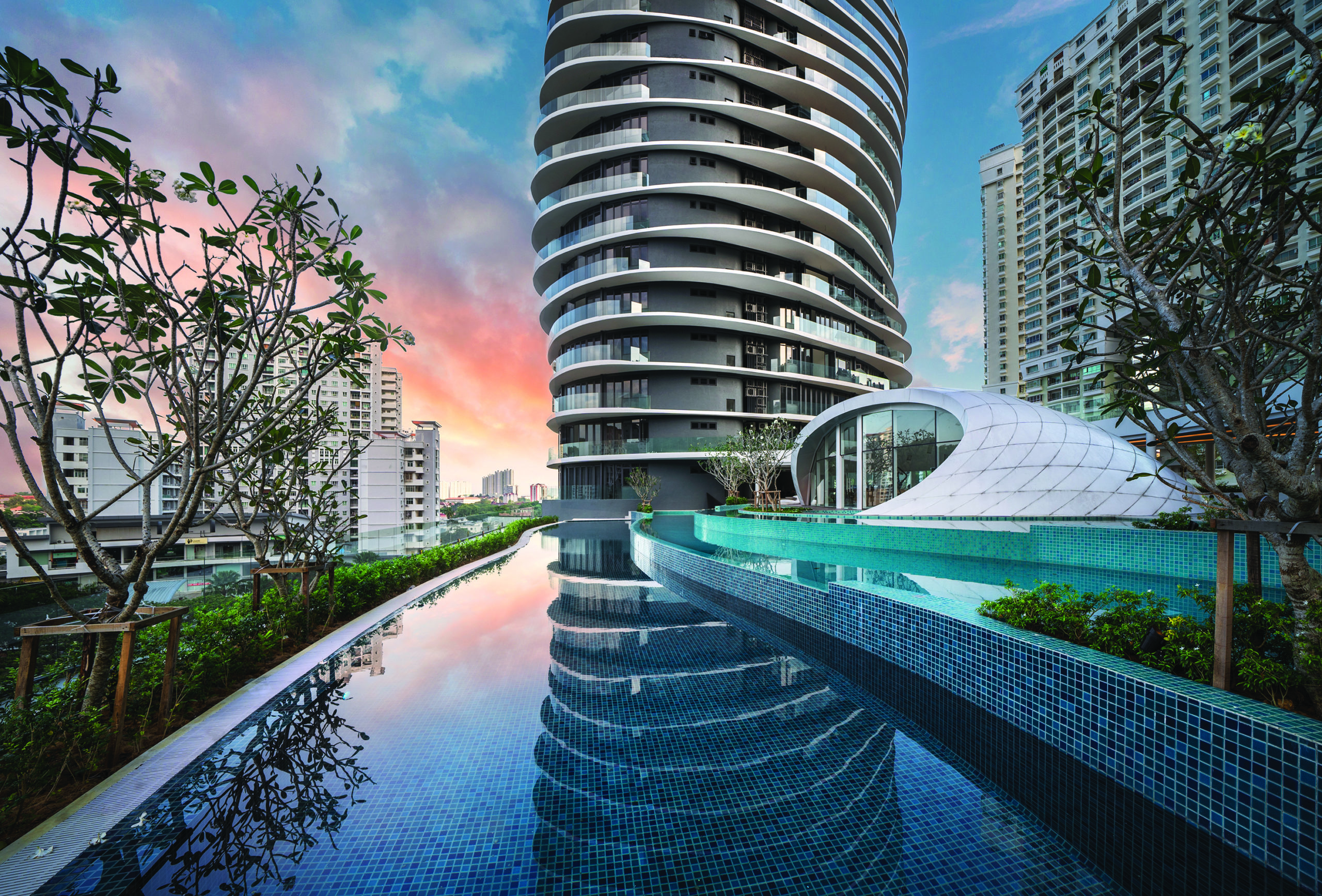
The two striking residential towers sit at the base of Bukit Gambir, a bucolic mountain in the heart of Penang. Inspired by the dramatic surrounding land and seascapes, the composition of the towers is complemented by the extrusion of an elliptical floorplate. Meanwhile, the lushly planted tower garden and podium-level exteriors merge the boundaries between tropical planting and distinctive manmade geometry to generate a distinctive street-level presence with human scale and texture. Upon completion, the 52-storey Western tower became the island’s tallest building.
Arte MK Kuala Lumpur, Malaysia
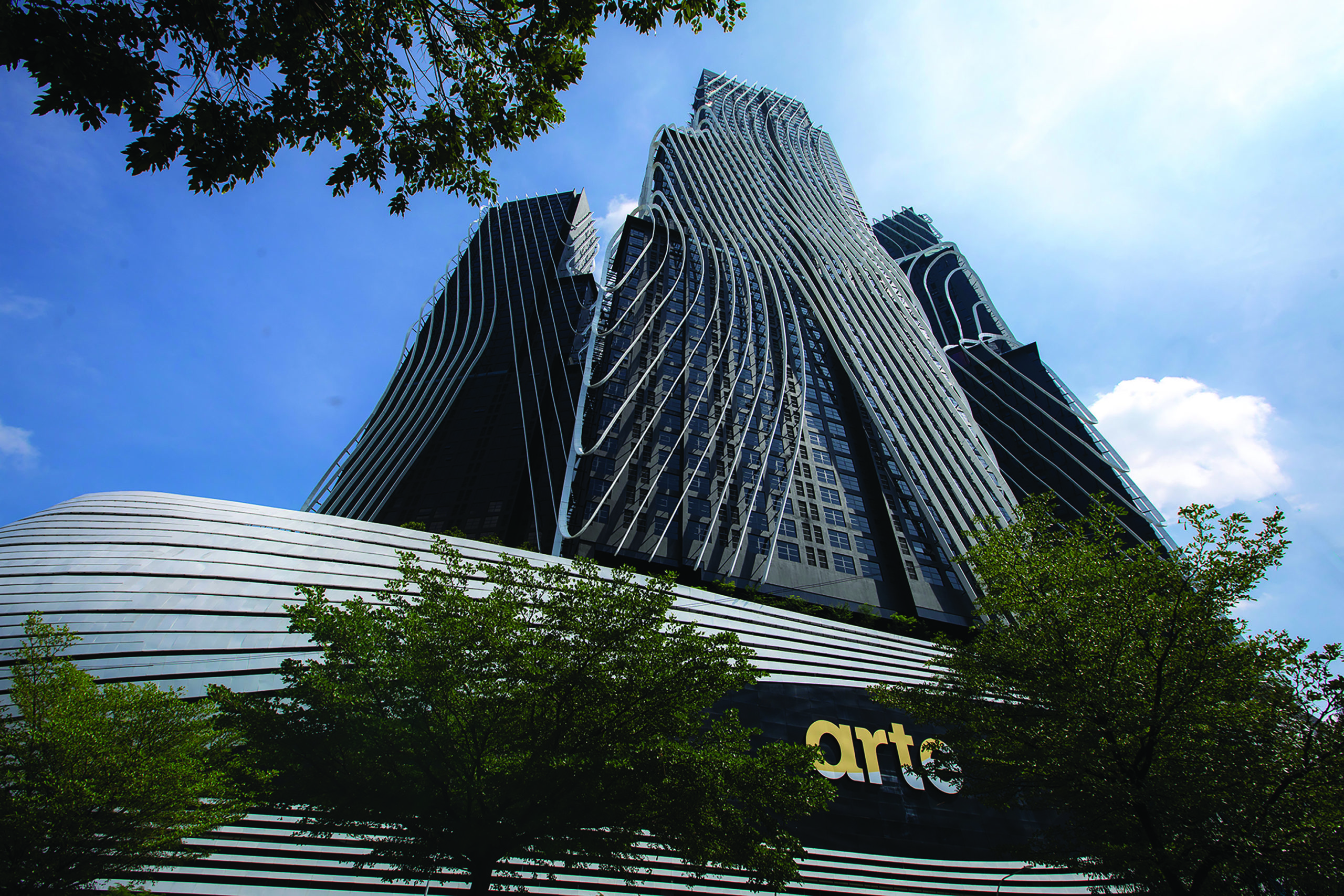
Developer Nusmetro wanted to design an integrated development with spaces for those who want to live, work, and play in the heart of the Malaysian capital. The client also had one major goal: connect the entire structure to the public infrastructure network and densify the city, rather than occupy more of KL’s suburban greenbelt. Unusually, the architectural elements of the facades were inspired by the pattern of the client’s fingerprint, providing the project with its unique identity of human DNA. The three towers rise from the seven-storey podium to a height of 66 floors, featuring 1,600 residential units, a retail area at the ground level, and urban living concept designs including a gymnasium, pools, garden terraces, restaurants, and health facilities.
Minhang Riverfront Regeneration, Shanghai, China
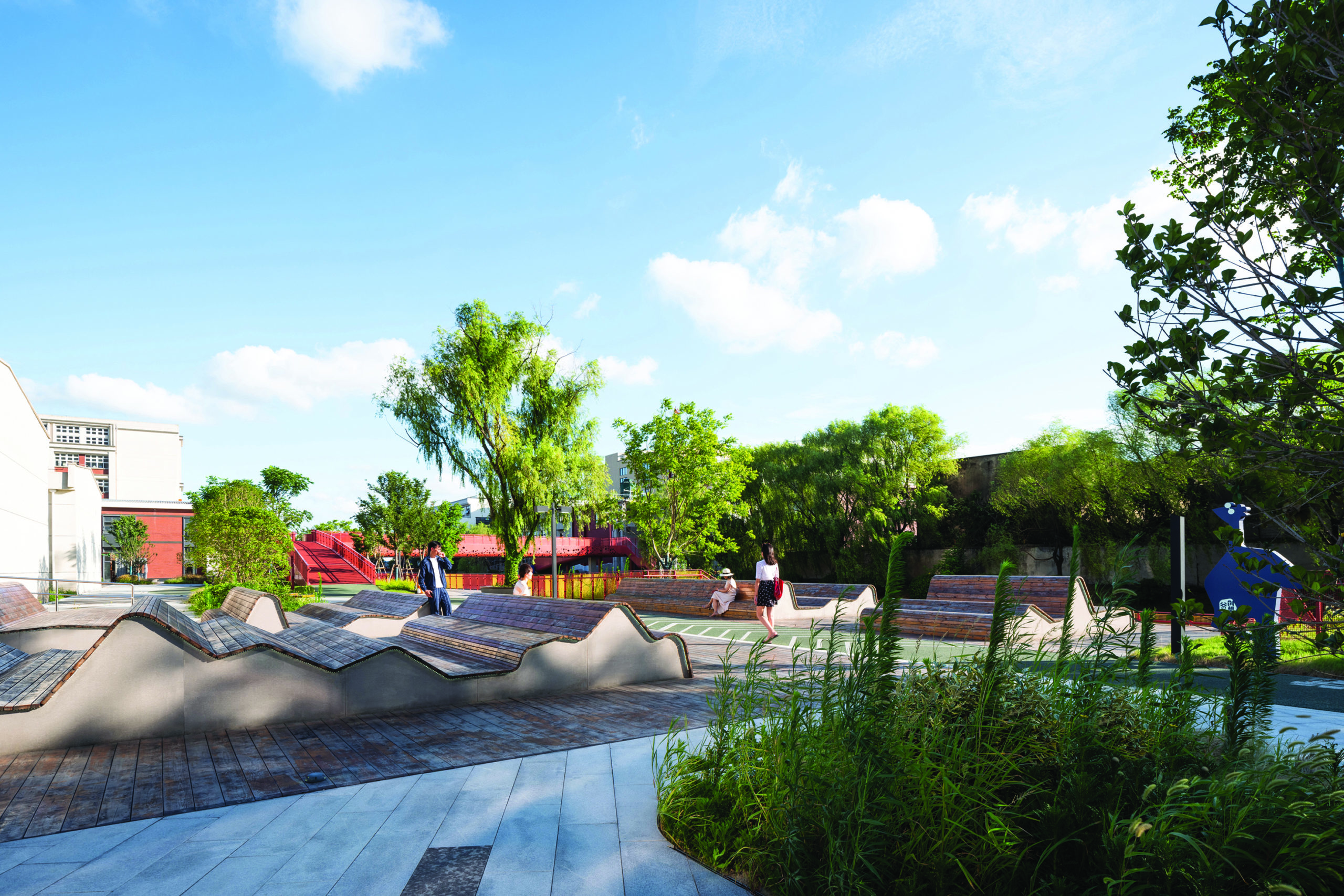
Another decrepit riverside area, this time in suburban Shanghai, Minhang Riverfront teemed with low-grade industrial warehouses, disused utilities, and overgrown paths. In just two years, SPARK transformed it into an energetic, mixed-use neighbourhood anchored by a playfully designed urban park. As the opening salvo of SPARK’s wider regeneration master plan for the district, the park facilitates improved pedestrian connections and recreational opportunities as well as a more sustainable living environment. From zoning and circulation to furniture and signage, SPARK’s multi-pronged, nature-inspired design exemplifies how civic regeneration need not shy away from bold, playful gestures.
Guangzhou Shipyard Master Plan
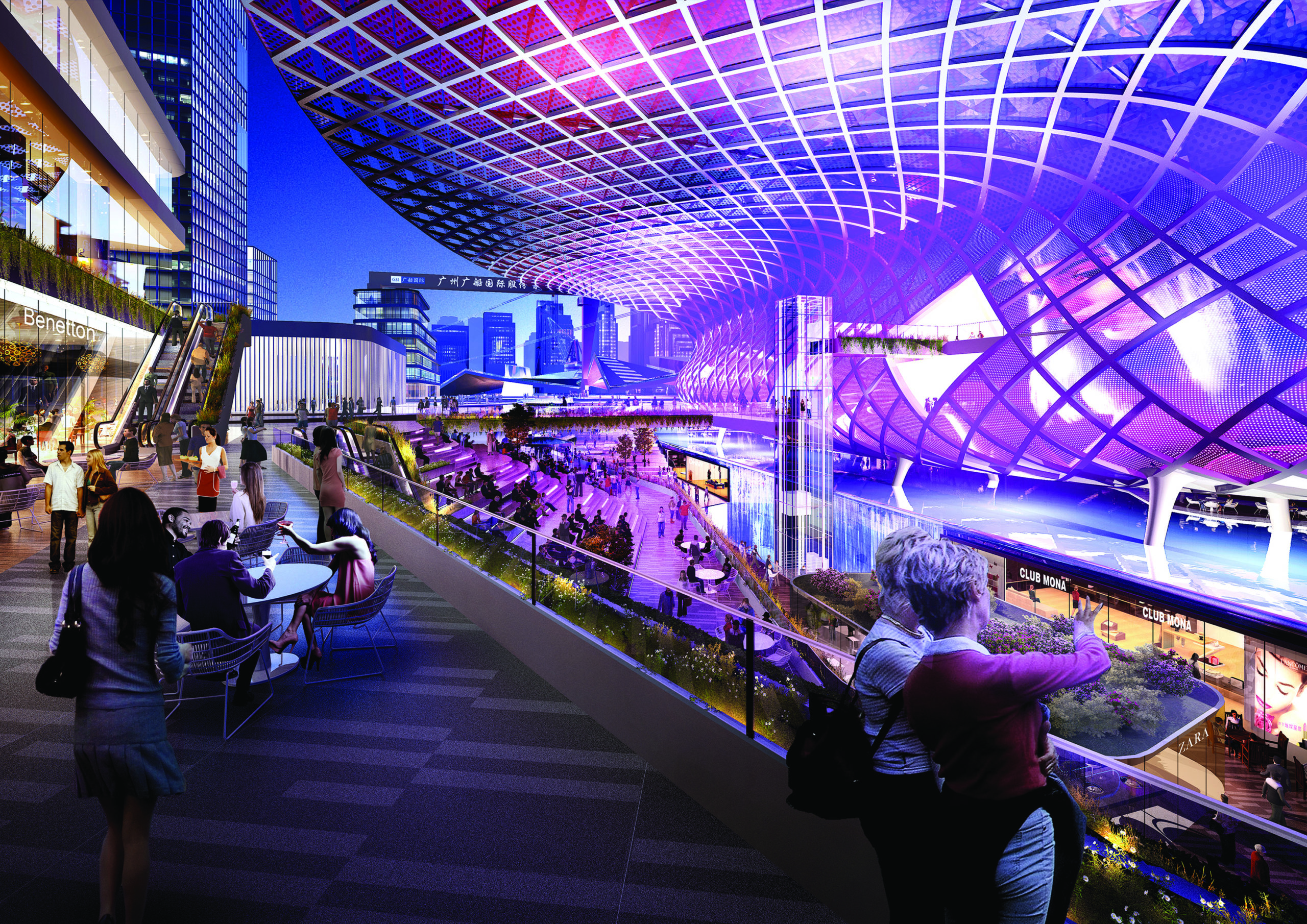
Taking cues from the shipbuilding history of the site, SPARK designed a central plaza featuring a multi-functional digital ‘flying boat’ that forms the image of the development and represents the evolving innovation of the 4k industry. Public space and its ability as a connector, meanwhile, were paramount to the project. The main pedestrian loop connects office workers, residents, and visitors from the central plaza to the facilities at the heritage slipway park, thematic ‘back lane’ food street, and riverfront dry-dock sports hall. The shipyard played a key role in Guangzhou’s industrial history and is primed to perform a new role in the Chinese government’s framework for the Guangzhou, Hong Kong, and Macau Greater Bay Area.
This article was originally published on asiarealestatesummit.com. Write to our editors at [email protected].
Recommended
Park Kiara in Hanoi raises the bar for sustainable urban living
Park Kiara in Hanoi is a repudiation of low-density, car-dependent suburban sprawl
6 reasons Bekasi is rising as Greater Jakarta’s next hotspot
One of Greater Jakarta’s rising stars is prospering, thanks to ample recreation and a contingent of desirable housing projects
6 developments driving Asia’s green real estate shift
Developers are being incentivised to push a green agenda into daring new realms
The Philippines’ LIMA Estate drives sustainable industrial growth
LIMA Estate models a citywide vision that uplifts workers while appealing to climate-conscious employers

